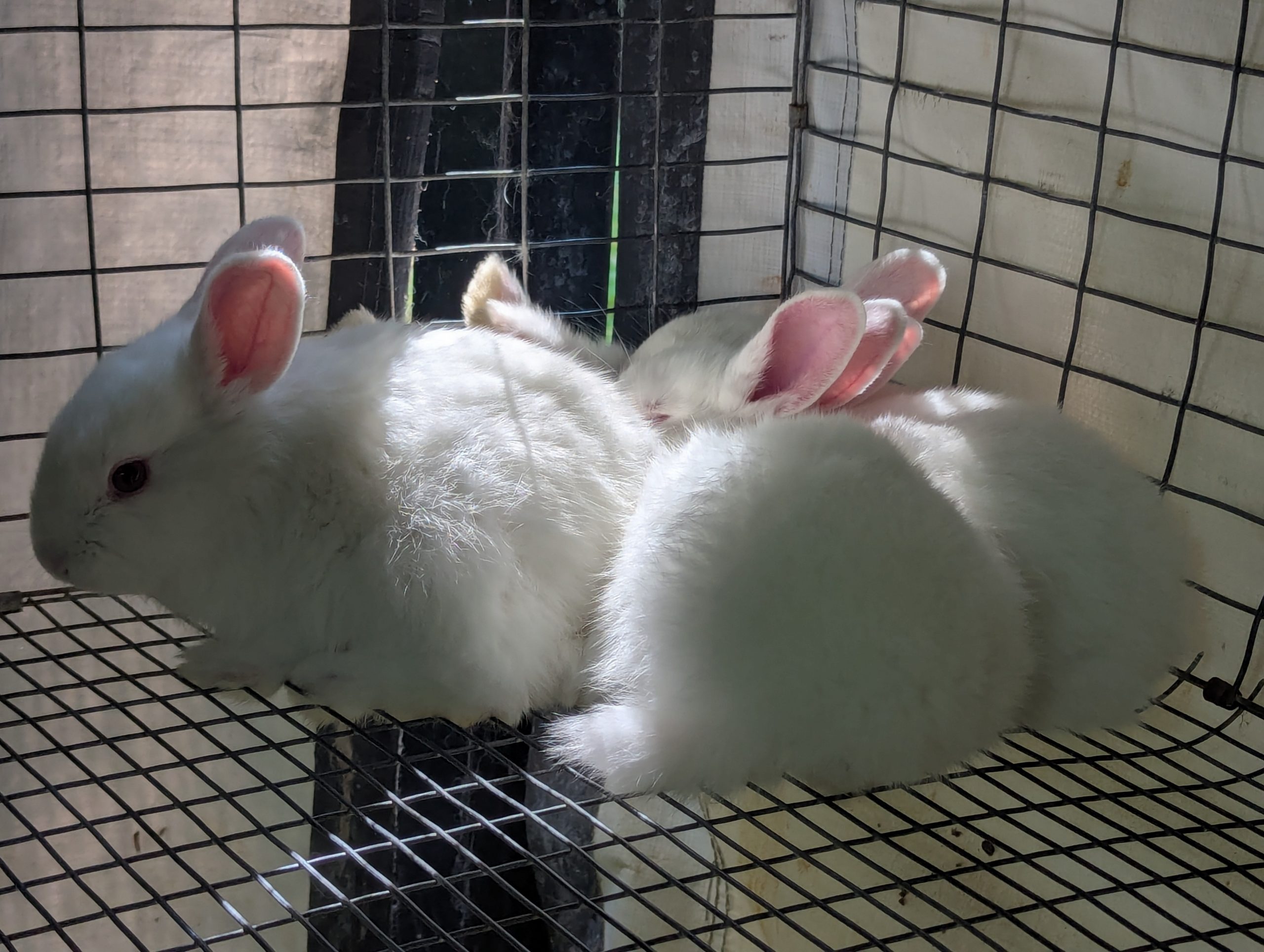Your cart is currently empty!

Rabbit Mites follow-up – Natural Remedies
Natural treatments can be a helpful supplement to veterinary care when addressing rabbit mites, especially for mild cases or as a way to soothe irritated skin. Here are some natural remedies that rabbit owners sometimes use:
1. Coconut Oil
Coconut oil has antimicrobial properties and can help soothe inflamed skin. Lightly applying it to affected areas may provide relief from itching and dryness.
2. Diatomaceous Earth (Food Grade)
This fine powder is often used to combat parasites by drying out their exoskeletons. If used sparingly and cautiously, it may help deter mites. However, it’s important to ensure your rabbit doesn’t inhale it, as it can irritate the lungs.
3. Apple Cider Vinegar
Diluted apple cider vinegar (ACV) is sometimes used to clean affected areas. Some rabbit owners mix a small amount into their pet’s drinking water to boost immune health, but it’s always best to consult a vet before internal use.
4. Aloe Vera
Fresh aloe vera can be applied to irritated skin to reduce inflammation and promote healing. Just ensure it’s pure aloe without additives, as some commercial aloe products may contain ingredients unsafe for rabbits.
5. Herbal Infusions (Chamomile & Calendula)
Chamomile and calendula are known for their soothing effects. You can brew a weak tea, let it cool, and gently dab it onto affected areas with a soft cloth to help ease irritation.
6. Neem Oil
Diluted neem oil has antiparasitic properties and is sometimes used to repel mites. However, rabbits are sensitive to strong scents, so it should be used cautiously.
7. Proper Grooming & Hygiene
Ensuring your rabbit’s environment is clean, dry, and free from excessive moisture can help prevent mites from taking hold. Regular grooming also removes excess fur and reduces the chances of infestation.
Important Considerations
While natural treatments may offer relief, they should never replace veterinary care, especially for severe infestations. Some remedies could cause irritation if not used correctly, so it’s always advisable to test small areas first and consult a vet before applying anything new to your rabbit’s skin.
This post has already been read 17 times!

Leave a Reply